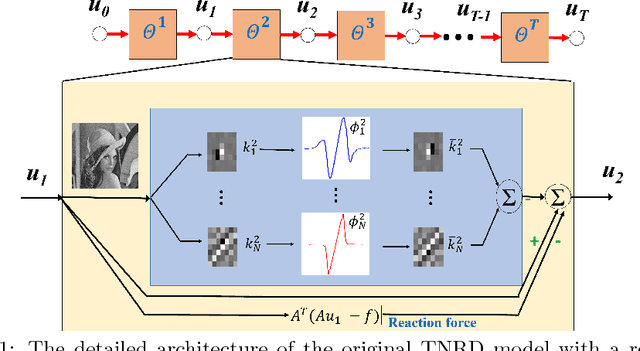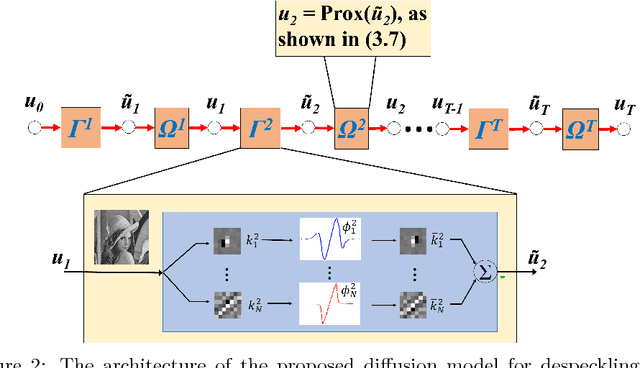Speckle Reduction with Trained Nonlinear Diffusion Filtering
Paper and Code
Feb 24, 2017



Speckle reduction is a prerequisite for many image processing tasks in synthetic aperture radar (SAR) images, as well as all coherent images. In recent years, predominant state-of-the-art approaches for despeckling are usually based on nonlocal methods which mainly concentrate on achieving utmost image restoration quality, with relatively low computational efficiency. Therefore, in this study we aim to propose an efficient despeckling model with both high computational efficiency and high recovery quality. To this end, we exploit a newly-developed trainable nonlinear reaction diffusion(TNRD) framework which has proven a simple and effective model for various image restoration problems. {In the original TNRD applications, the diffusion network is usually derived based on the direct gradient descent scheme. However, this approach will encounter some problem for the task of multiplicative noise reduction exploited in this study. To solve this problem, we employed a new architecture derived from the proximal gradient descent method.} {Taking into account the speckle noise statistics, the diffusion process for the despeckling task is derived. We then retrain all the model parameters in the presence of speckle noise. Finally, optimized nonlinear diffusion filtering models are obtained, which are specialized for despeckling with various noise levels. Experimental results substantiate that the trained filtering models provide comparable or even better results than state-of-the-art nonlocal approaches. Meanwhile, our proposed model merely contains convolution of linear filters with an image, which offers high level parallelism on GPUs. As a consequence, for images of size $512 \times 512$, our GPU implementation takes less than 0.1 seconds to produce state-of-the-art despeckling performance.}
 Add to Chrome
Add to Chrome Add to Firefox
Add to Firefox Add to Edge
Add to Edge